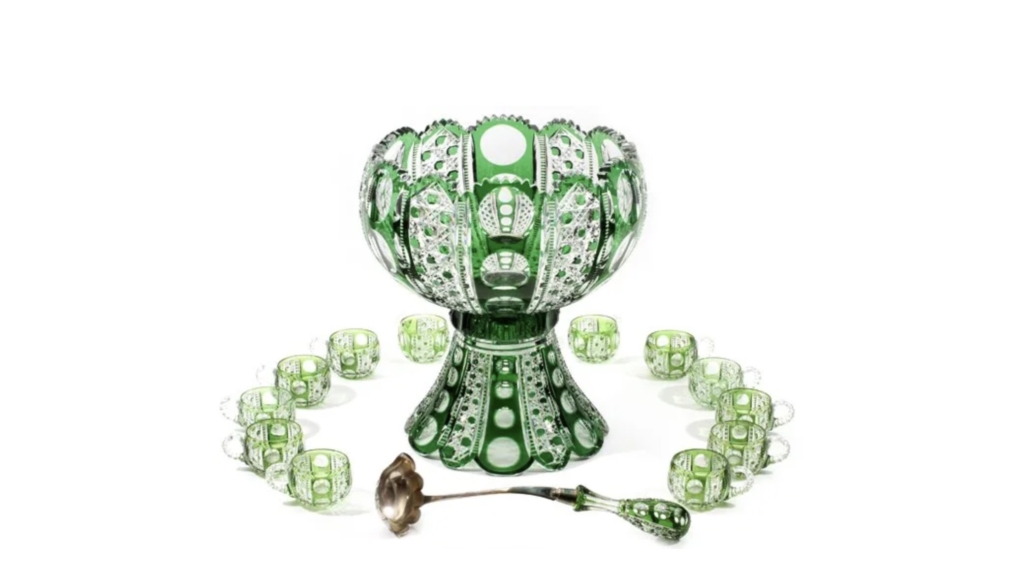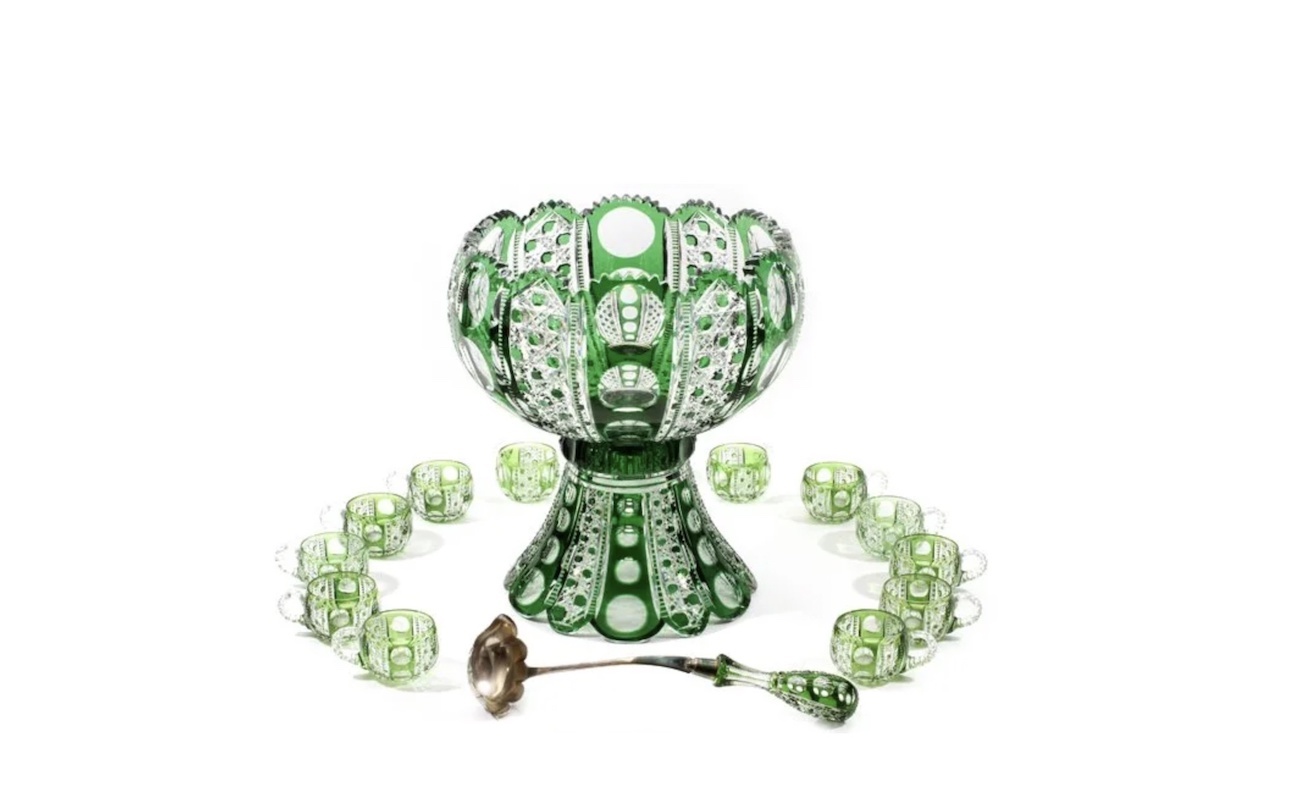
NEW YORK – Let’s make one thing clear right away: No one technically needs a punch bowl. In his delightful 2010 book, Punch, author, cocktail expert and historian David Wondrich spends a long paragraph recounting the many receptacles in which he has prepared the crowd-pleasing tipple, including, in part, “pasta pots, Le Crueset Dutch ovens, spackle buckets, salad spinners, five-gallon water-cooler jugs, candy dishes, candy jars, Lexans of all sizes, nameless orange plastic things from Home Depot, large earthenware pots, galvanized washtubs and a host of other miscellaneous vessels I’m not recalling.” But wanting a nice punch bowl has a long and honorable history. Wondrich states in Punch that the term “punchbowl” emerged by 1658 and silversmiths were producing them by 1680.


